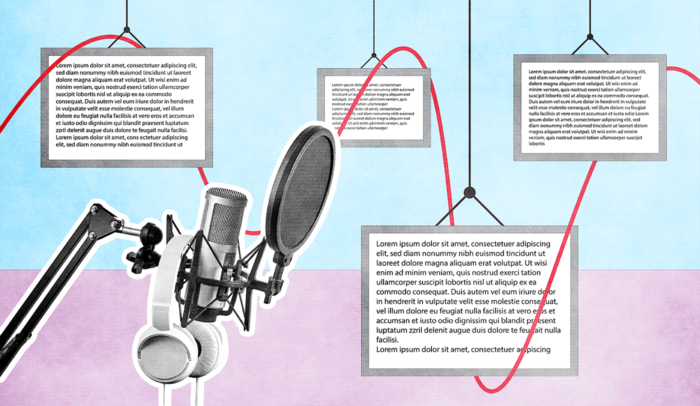In the realm of digital content, accessibility is paramount. As authors and publishers strive to make their books available to all audiences, incorporating alt text has emerged as a crucial tool for ensuring that visually impaired individuals can fully engage with audiobooks. In this blog post, we’ll explore what alt text is and how it is used to enhance accessibility in audiobooks, empowering authors to reach a broader audience and make their content more inclusive.
What Is Alt Text?
Alt text (short for alternative text) is a brief, descriptive label that is attached to images in digital content. Its primary purpose is to provide a textual description of the image for individuals who are unable to see it. When a screen reader encounters an image with alt text, it reads the description aloud, allowing visually impaired users to understand the content and context of the image.
How Is Alt Text Used with Audiobooks?
In audiobooks, alt text plays a vital role in ensuring that visually impaired listeners can fully comprehend and enjoy the content, even when it includes visual elements such as charts, graphs, maps, or illustrations. When narrating an audiobook, the narrator reads the alt text aloud, providing listeners with a verbal description of the visual content.
For example, if an audiobook contains a chart depicting sales data, the narrator will read the alt text, describing the contents of the chart, the trends it illustrates, and any key insights it conveys. This allows visually impaired listeners to gain the same level of understanding and insight as sighted listeners, ensuring a more equitable and inclusive listening experience.
Benefits of Alt Text in Audiobooks
- Accessibility: Alt text enhances the accessibility of audiobooks, making them more inclusive and accessible to individuals with visual impairments. By providing descriptive labels for visual elements, alt text ensures that all listeners can engage with the content and derive meaning from it.
- Comprehension: Alt text improves comprehension for all listeners by providing additional context and clarity for visual content. Sighted listeners may also benefit from the verbal descriptions of images, as these descriptions can reinforce the information presented in the text and enhance overall understanding.
- Equity: Incorporating alt text promotes equity and diversity in audiobooks by ensuring that individuals with visual impairments have equal access to the same content as sighted individuals. By removing barriers to access, alt text enables everyone to enjoy the benefits of audiobooks and participate fully in the reading experience.
Best Practices for Alt Text in Audiobooks
When creating alt text for audiobooks, it’s essential to follow best practices to ensure that the alt text effectively conveys the content of the visual elements. Here are some tips for crafting effective alt text:
- Be descriptive and concise, providing enough detail to convey the meaning and context of the image without overwhelming the listener.
- Focus on the essential elements of the image, highlighting key points, trends, or insights that are relevant to the text.
- Use clear and straightforward language that is easy to understand and interpret.
- Provide alt text for all visual elements in the audiobook, including charts, graphs, photos, illustrations, and maps, to ensure a comprehensive listening experience for all listeners.
Alt text plays a crucial role in enhancing accessibility and inclusivity in audiobooks. By providing verbal descriptions of visual content, alt text ensures that visually impaired listeners can fully engage with the material and derive meaning from it. As authors and publishers strive to make their content accessible to all audiences, incorporating alt text is a simple yet powerful way to ensure that audiobooks are inclusive and equitable for everyone.
Scribe Media is committed to promoting accessibility and inclusivity in audiobooks. Contact us today to learn more about our audiobook services and how we can help you.


